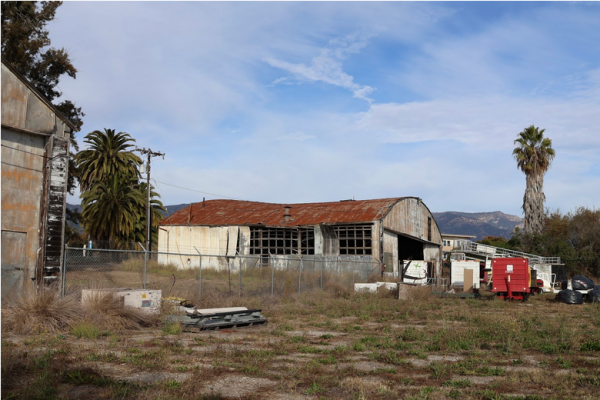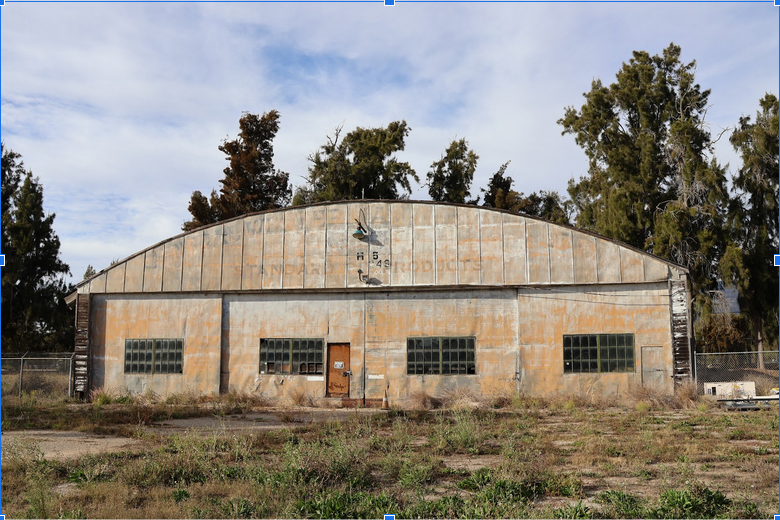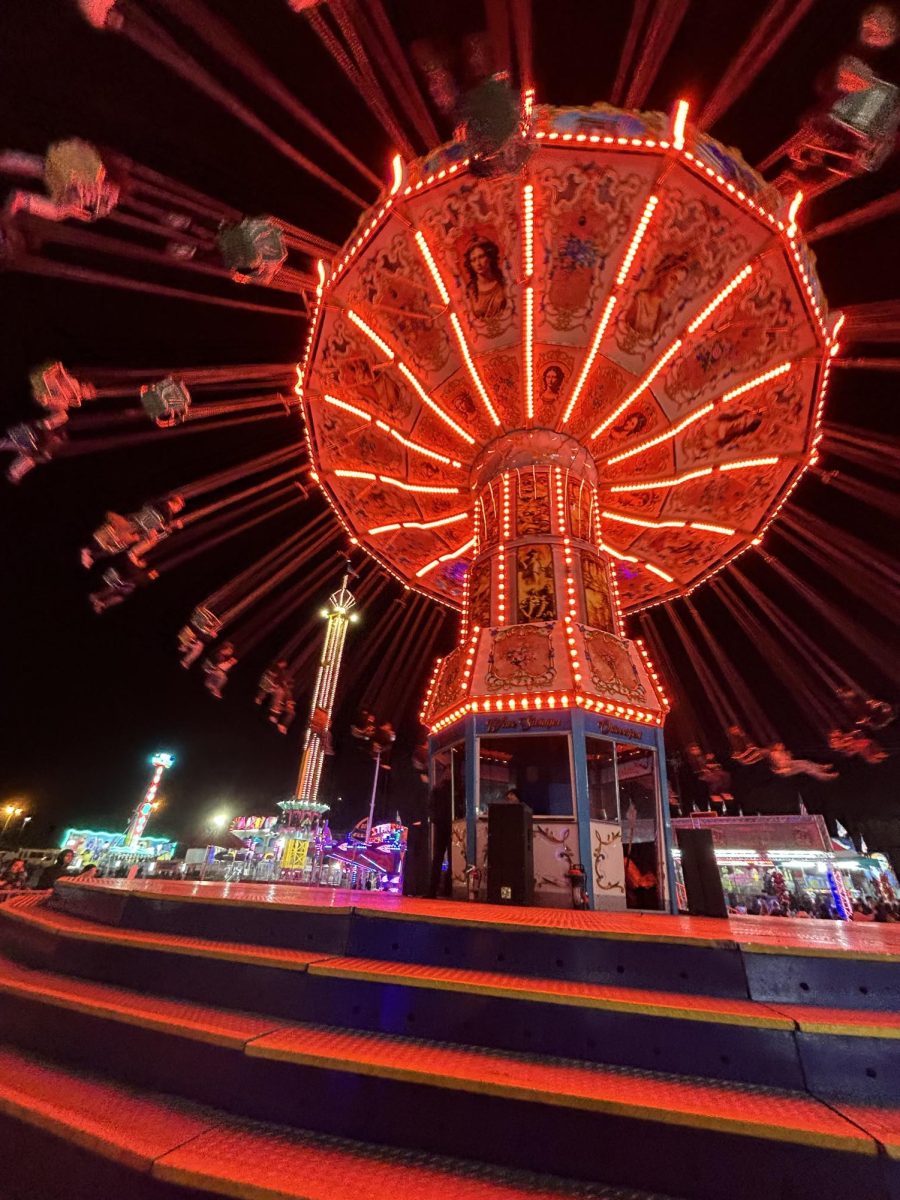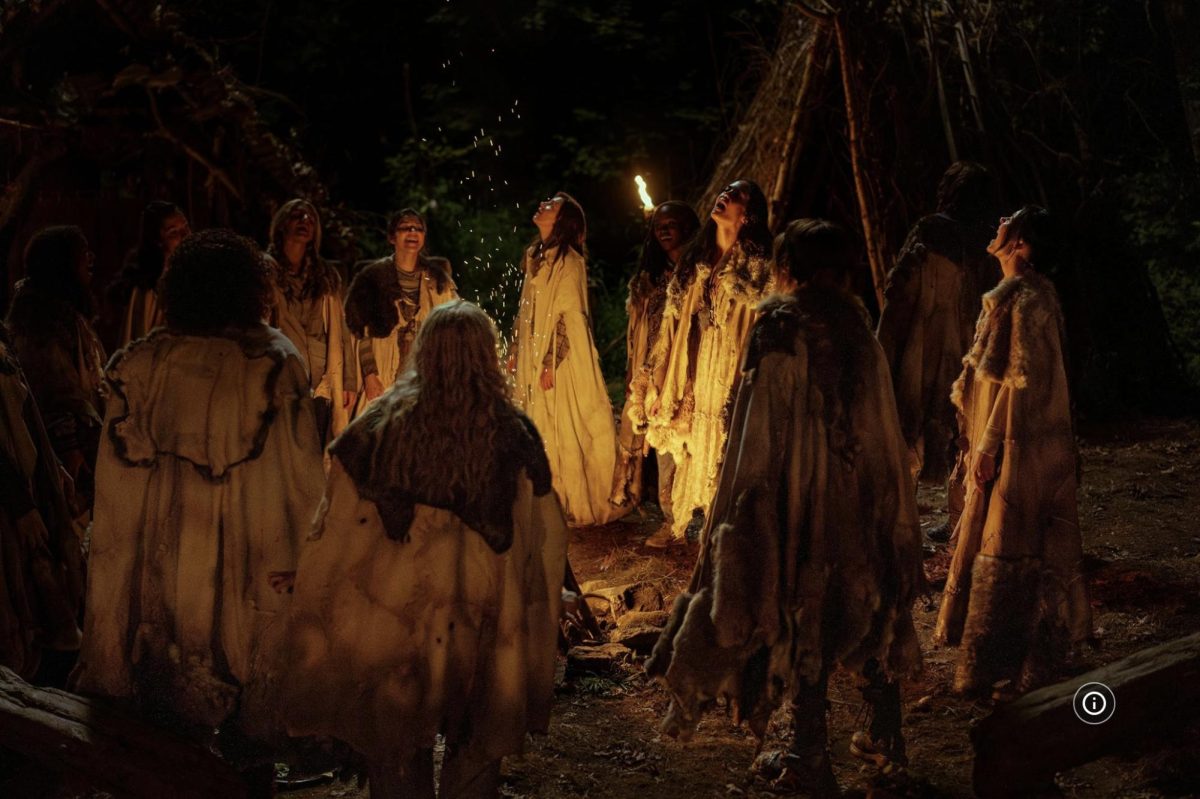Since the 1920s, Santa Barbara has contributed immensely to the history of aviation, however many people fail to recognize the two original aircraft hangars that started it all for us. The nearly century-old hangars have resided as a hidden gem within Santa Barbara’s history. Today, the neglected and unusable hangars suffer the devastating chance of demolition. As a part of Santa Barbara’s community, we need to save this historic fragment from becoming a historic loss.
In 1930, General Western Aircraft Corporation moved its factory from Burbank to Goleta after inspecting the then named Goleta Airfield. Famous businessman Frederick Stearns built two hangars for the corporation’s use. By 1931, the hangars were being used as workplaces for production of “meteor” airplanes, the first plane model to have a metal propeller. General Western soon became financially troubled which forced them to shut down operations just a year later. Within a few months of General Western’s closing, Frederick Stearns took over operations at the airfield. He paved new runways, added new radio equipment, and introduced Santa Barbara Airways by 1932. With the help of the hangars, Santa Barbara took its first steps in the aviation industry, proving the hangars’ fundamental importance to the history of Santa Barbara and Goleta.
After four years of Stearns’ takeover, United Airlines began service in Santa Barbara. On Oct 1, 1936, more than one thousand people gathered at the airport to witness the first ten passenger Boeing land in Goleta. Many aircrafts, military officers, and civilian officials accompanied the grand event. The early achievements of the hangars helped prove the potential of Santa Barbara’s ability to become a commercial aviation success. What would Santa Barbara be like today without that same success?
With the rise in air travel came a rise in popularity for Goleta’s airfield. The first known aviator to touch wheels in Goleta was the daredevil pilot Lincoln Beachey. Beachey was famous for being the first person to fly an aircraft over Niagara Falls, inventing figure eight airplane rotations, and many more dangerous stunts. However, Beachey was not the most famous face seen at the airfield. Record-breaking aviator pioneer Amelia Earhart spent some time on Goleta’s airfield with her early Lockheed aircraft. Amelia is famously known for her solo flight across the US in a nonstop manner, and her great advocacy for equality and women’s rights.
During WWII, the airstrip became a temporary airbase for military forces. The two little hangars were not only witnesses to the change, but they were actually used as makeshift barracks for soldiers until bigger facilities were established. Along with newer facilities, new hangars were constructed on the airbase. The original hangars became a bit neglected, but still remained in use at this time.
After the war ended, the Goleta airfield we knew then became the Santa Barbara Municipal Airport we know now. In 1954, the airport achieved great commercial success. At this time, the original hangars were still being used despite their outdated style. The two buildings have actually been continuously used until very recently, when they were concluded to be unsafe for use. From a dirt-paved airstrip to a full blown commercial airport, none of it could have been successful without the twin hangars.

Today, these historically abundant hangars sit together in the very corner of the airport succumbing to their wear and tear. As we sit and decide to neglect the two roots of aviation that built this city’s ground, we lose an important attribute of Santa Barbara’s heart. Help save the hangars.
Here is a link to a petition made to save the hangars: Save the Original Two Santa Barbara Airport Hangars
Edited Dec. 8 for photo realignment.









commentator • Dec 8, 2023 at 9:23 am
Can you move image to the side it looks super wierd to just have a random image in the middle randomly
Aspen Newhouse • Dec 8, 2023 at 4:36 pm
Edited!